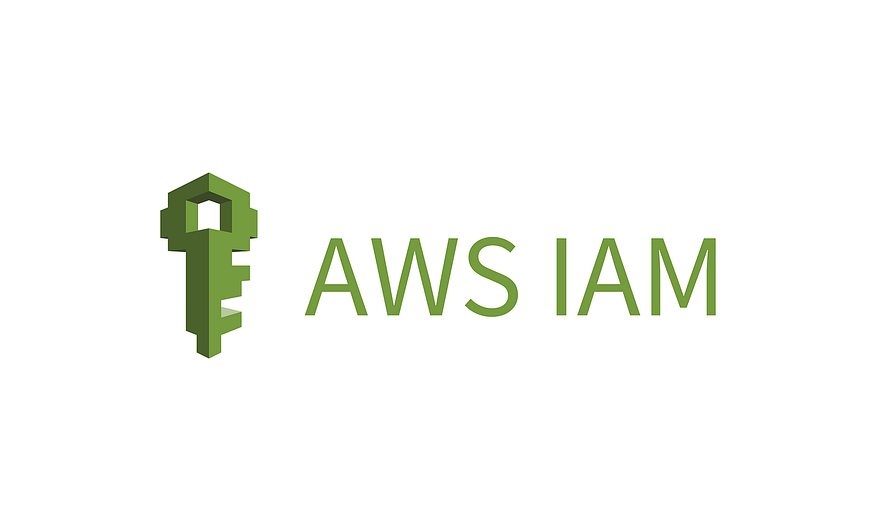As cloud computing continues to dominate modern infrastructure, securing your AWS environment has become more crucial than ever. One of the key tools for achieving this is AWS Identity and Access Management (IAM) Policies. In this guide, we’ll dive into what IAM policies are, why they’re important, and how you can master them to ensure your cloud environment remains secure.

What Are AWS IAM Policies?
At its core, IAM policies are JSON documents that define permissions for AWS services and resources. These policies govern who can access what in your AWS account, providing granular control over actions like launching an EC2 instance, reading data from S3, or making changes to your DynamoDB tables.
In simple terms, IAM policies are your security gatekeepers — they determine who can do what in your AWS environment.
For a visual walkthrough of the concepts covered in this article, check out my YouTube Video:-
Types of IAM Policies
There are several types of policies that you can use in IAM:
- Managed Policies: AWS provides pre-defined policies to make your life easier. These are great if you’re looking for general-purpose rules.
- Customer Managed Policies: These are policies that you define yourself, tailored to your specific needs.
- Inline Policies: These policies are directly attached to a specific user, group, or role and offer more control but are less reusable.
Each type of policy comes with its own set of use cases. For instance, if you have a common use case across different users or services, managed policies can save time. On the other hand, inline policies offer the flexibility to control access at a very granular level.
Writing Custom IAM Policies
Writing your own IAM policy is where you can truly fine-tune access control. AWS provides a policy generator, but having an understanding of how to write JSON-based policies manually can unlock greater control.
Let’s look at an example. If you want to give a user permission to only read files from an S3 bucket, your policy would look something like this:
{
"Version": "2012-10-17",
"Statement": [
{
"Effect": "Allow",
"Action": "s3:GetObject",
"Resource": "arn:aws:s3:::your-bucket-name/*"
}
]
}In this policy:
- Effect defines whether access is allowed or denied.
- Action specifies what actions the policy permits (e.g.,
s3:GetObjectto allow reading S3 objects). - Resource indicates the specific AWS resource (e.g., your S3 bucket) to which the policy applies.
Best Practices for IAM Policies
To ensure your AWS environment is secure, it’s crucial to follow best practices when working with IAM policies:
- Principle of Least Privilege: Only grant the minimum permissions necessary for a user or service to perform its tasks. Over-permissioning can lead to security vulnerabilities.
- Use Managed Policies Where Possible: AWS offers a variety of managed policies for common tasks. If they meet your needs, they can simplify policy management and reduce errors.
- Regularly Review and Rotate Policies: As your cloud infrastructure evolves, so do your security requirements. Regularly audit and update IAM policies to ensure they’re still necessary and valid.
- Enable Multi-Factor Authentication (MFA): Ensure that sensitive resources are protected with an additional layer of security. MFA can help guard against unauthorized access, even if credentials are compromised.
- Monitor IAM Policy Usage: AWS CloudTrail can help you track IAM policy usage. By keeping an eye on who accesses what, you can quickly detect any anomalies or security threats.
Troubleshooting Common IAM Policy Issues
Working with IAM policies can be complex, especially when you’re dealing with large environments and various services. Here are a few common issues and how to troubleshoot them:
- “Access Denied” Errors: If you see access denied, check the policy for missing permissions. AWS provides helpful troubleshooting tools like the IAM Policy Simulator to verify the permissions.
- Conflicting Policies: When users are part of multiple groups with different policies, conflicting permissions can arise. Always keep track of the policies applied at all levels — user, group, and role.
- Unintended Over-Permissioning: Be cautious when using “wildcards” like
*in actions or resources, as they can unintentionally grant excessive permissions. Always strive for specific, scoped policies.
Conclusion
Mastering AWS IAM policies is key to securing your cloud infrastructure. By understanding how to write, apply, and audit policies, you can ensure that access to your AWS resources is tightly controlled, minimizing security risks.
Start small, create tailored policies, and follow best practices to keep your cloud environment secure. IAM policies may seem complex at first, but with the right knowledge and approach, you can harness their full potential to safeguard your AWS environment.
Connect with Me:
- YouTube ► S3 CloudHub Channel
- Facebook ► S3 CloudHub Page
- Medium ► S3 CloudHub Blog
- Demo Reference ► GitHub Repository
- Blog ► S3 CloudHub Blogspot
- Dev ► S3 CloudHub on Dev.to

No comments:
Post a Comment